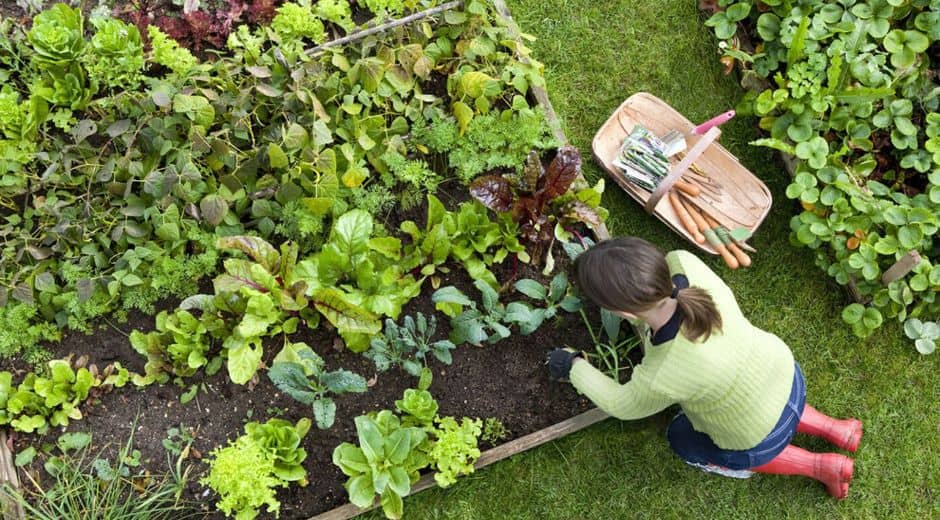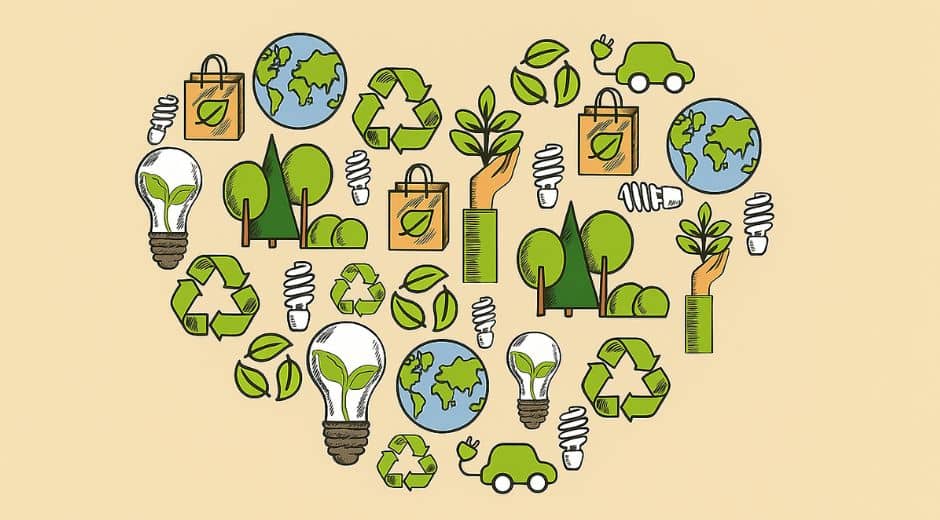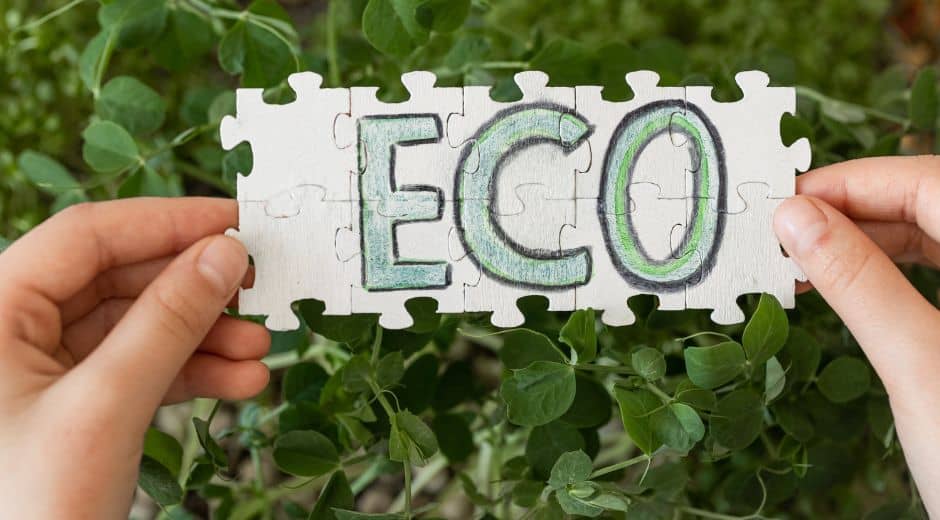Gardening: 7 Easy Eco Tips to Grow a Sustainable Backyard
Gardening: 7 Easy Eco Tips to Grow a Sustainable Backyard
Sustainable gardening is a simple yet impactful way to care for the environment while creating a beautiful and productive backyard. By adopting eco-friendly habits, you reduce water use, improve soil health, and encourage local wildlife to thrive. These gardening tips are perfect for beginners and experienced enthusiasts alike, showing how small, thoughtful changes in yard cultivation can make a big environmental impact. From composting kitchen waste to using natural pest control, eco-conscious horticulture helps you cultivate vibrant plants, foster biodiversity, and enjoy a backyard that positively contributes to the planet for years to come.
1. Plant Native Species
Choosing native plants is one of the most effective eco-friendly gardening strategies, helping your backyard thrive naturally. Native flowers, shrubs, and trees are well-adapted to local climate and soil conditions, meaning they require less water, fertilizer, and constant maintenance. Planting native species also supports local wildlife, including bees, butterflies, and birds, ensuring a balanced ecosystem in your backyard. This eco tip not only enhances natural beauty but also saves resources, promotes biodiversity, and makes sustainable planting easier and more rewarding for both you and the environment.
2. Compost Organic Waste
Composting food scraps, garden clippings, and other biodegradable materials is a key element of sustainable gardening. Instead of sending organic waste to landfills, you create nutrient-rich soil that benefits plants naturally. These backyard care practices reduce dependence on chemical fertilizers, enrich soil structure, and improve moisture retention. For step-by-step guidance, explore Zoopora, which provides detailed tutorials for beginners and advanced enthusiasts. Composting is a simple, effective eco tip that transforms kitchen and garden waste into a valuable resource, encouraging sustainable planting habits that support long-term soil health and vibrant backyard growth.
3. Conserve Water
Water conservation is crucial in eco-conscious gardening, especially in regions prone to drought or water shortages. Techniques such as drip irrigation, rain barrels, mulching, and planting drought-tolerant species help retain moisture and reduce water waste. Watering early in the morning or late in the evening minimizes evaporation, ensuring plants get the hydration they need. These simple eco-friendly planting tips save resources while maintaining a thriving backyard. Practicing smart water management is one of the easiest and most effective ways to promote sustainable yard cultivation that reduces environmental impact while keeping plants healthy and lush year-round.
4. Natural Pest Control
Avoid harmful chemicals by using natural methods to control pests, a key principle in eco-friendly gardening. Introduce beneficial insects like ladybugs, practice companion planting, or use homemade sprays made from garlic, neem, or chili. These horticulture methods protect plants while maintaining a balanced ecosystem. Sustainable backyard care reduces pollution, encourages soil health, and fosters wildlife presence. For more creative ideas and tips, visit CoolParentingTips. Using natural pest control methods not only keeps your backyard chemical-free but also ensures long-term plant resilience and a healthy, thriving ecosystem for sustainable planting enthusiasts.
5. Use Organic Fertilizers
Organic fertilizers such as compost, aged manure, or seaweed extract nourish your soil without introducing harmful chemicals. These eco-friendly gardening techniques support healthy plant growth, improve soil texture, and enhance water retention. Sustainable planting ensures a thriving backyard that maintains long-term productivity while minimizing environmental impact. Healthy soil encourages beneficial microorganisms, making plants more resistant to pests and diseases. Incorporating organic fertilizers into your backyard routine is a simple yet powerful eco tip, demonstrating how thoughtful eco-friendly planting practices can create a flourishing garden and sustainable ecosystem over time.
6. Reuse and Recycle Materials
In sustainable gardening, repurposing old pots, containers, wooden crates, and other household items reduces waste while adding charm and functionality. Using recycled materials creatively allows you to build planters, vertical gardens, or compost bins efficiently. These practical yard cultivation tips foster mindful consumption, encouraging environmental responsibility. Eco-conscious planting also promotes creativity and saves money by reusing items you already own. Implementing recycled solutions not only makes your backyard more sustainable but also demonstrates how everyday objects can play a key role in practical, eco-friendly horticulture practices that benefit both plants and the planet.
7. Encourage Pollinators
Pollinators are essential for a thriving backyard ecosystem. Planting flowers, herbs, and shrubs that attract bees, butterflies, hummingbirds, and other pollinators supports biodiversity and enhances plant yields. This simple gardening practice improves flowering, fruiting, and vegetable production naturally. Sustainable planting emphasizes creating habitats for pollinators, ensuring long-term health and productivity of your backyard. By prioritizing pollinators, you strengthen ecosystem balance, contribute to food production, and help maintain local biodiversity, making it one of the most important eco tips in any backyard yard cultivation plan for environmental stewardship.
Conclusion
Applying these easy eco tips allows your backyard to become a sustainable, thriving space that benefits plants, wildlife, and the environment. Eco-conscious gardening enhances soil health, supports biodiversity, and encourages mindful resource use. For more eco-friendly guidance, tips, and gardening inspiration, explore BioNatureVista.
Nature Inspires Every Step

How Tundra Wildlife Survives Extreme Arctic Conditions
How Tundra Wildlife Survives Extreme Arctic Conditions

Life Above the Trees: Exploring the Rainforest Canopy
Life Above the Trees: Exploring the Rainforest Canopy













